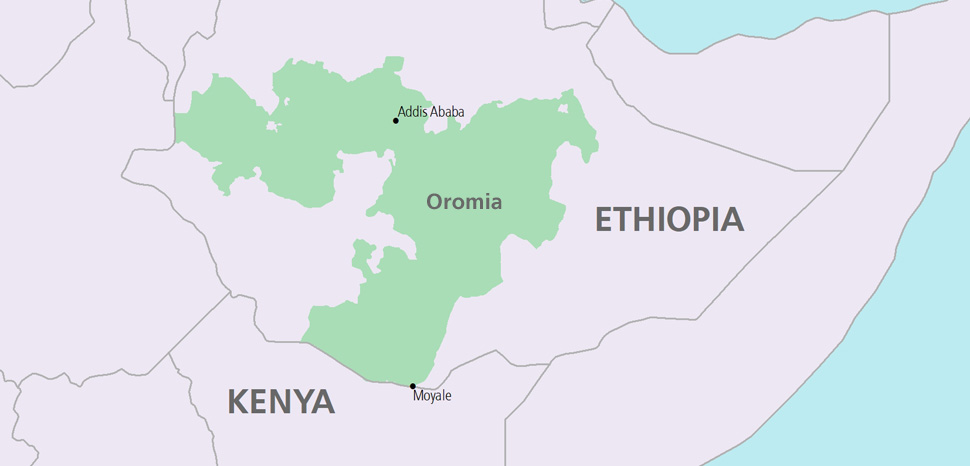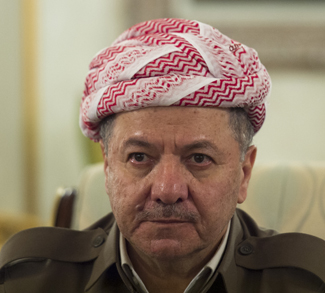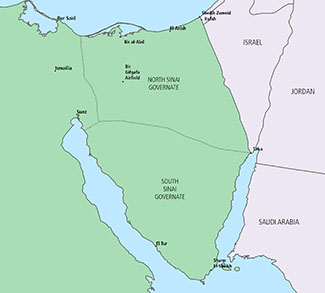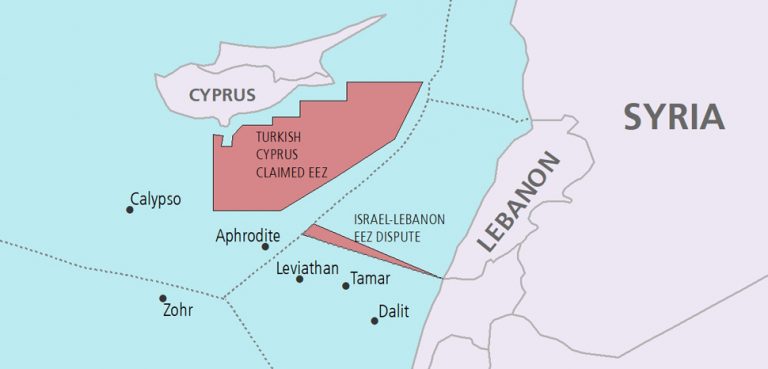Women and children are among those fleeing after the Ethiopian military opened fire on civilians near Moyale.
More than 5,000 Ethiopians have fled their homes and crossed the Kenyan border. The exodus comes after the Ethiopian military “mistakenly” shot nine civilians near the border town of Moyale.
According to Reuters, soldiers were deployed to the region in search of members of the Oromo Liberation Front (OLF), a banned militant group. They were seeking fighters who may have been illegally entering the country across the porous Kenyan-Ethiopian border. The soldiers allegedly received false information which led them to believe the civilians were members of the OLF. They launched an attack on the group, killing nine civilians and injured 12 others.
The five soldiers responsible are in custody pending an investigation. Among them is an Ethiopian military commander.
The 5,000 refugees are the latest addition to an escalating humanitarian crisis in the region. Since March 10, the local Oromia Broadcasting Network estimates 50,000 refugees have fled Ethiopia, and tens of thousands more have been internally displaced within the country.
Protests and civil unrest in the Oromia and Amhara regions have prompted harsh military crackdowns and left several hundred civilians dead over the past two years. Simultaneously, armed conflict between the Oromo and Somali people has led to the widespread destruction of property and a rising civilian death toll. Most recently in December, 60 Somali-Ethiopians were killed in a bloody attack in the Gadulo region, according to Borkena.
Among the refugees spilling into Kenya are pregnant women, the elderly, and those with chronic illnesses. Footage from the Kenyan border shows villagers arriving nursing injuries, with few possessions. One Moyale resident told Daily Nation: “there is continued aggression and harassment, which creates fear and causes people to flee.”
In the interests of preventing a humanitarian crisis, the government must bring an end to the conflict in Oromia. Doing so will be in the economic interest of the Kenyan government. The border region between Kenya and Ethiopian is very significant for Kenya’s economic development.
Moyale sits on the border, with half of the town in Ethiopia and the other half in Kenya. There are plans to bring a railway, highway, and oil pipeline to the town to open up the region to Kenya’s Isiolo town. According to Bloomberg, the projects have a combined value of more than US$10 billion and are part of Kenya’s LAPSSET Corridor 2030 plan to establish Kenya as East Africa’s trading hub.
However, a spokesperson for the Marsabit county governor suggested that the conflict in Ethiopia could have a negative impact on these projects. He said in an interview with Bloomberg that the LAPSSET project “won’t be realised if this conflict does not subside.”
The Kenyan government will likely look for a solution as quickly as possible. In 2016, Kenya hosted 600,000 refugees from surrounding countries. At the time, the principal secretary of the Ministry of Interior told Telegraph UK that Kenya had hosted more than its fair share of refugees. This may be true, but returning refugees to their homes was not an option then and it is not an option now.
Many have had their homes destroyed, and citizens in Oromia are protesting. The government has ominously responded with a statement declaring it has run out of patience with “anti-peace elements” in the region. There is every indication that Oromia is not safe at the moment. It is Kenya’s responsibility to protect the region’s most vulnerable. Rather than directing resentment toward the refugees pouring across the border, the Kenyan government should channel its energy into pressuring the Ethiopian government to bring lasting peace to the region. With a stake in the problem, the Kenyan government should have a role in the solution.
The Ethiopian military has been instructed to “take all necessary measures to restore peace.” With the military ready to “take all measures,” there will undoubtedly be more bloodshed in Oromia and more refugees fleeing to Kenya before peace can actually be restored to Oromia.
The opinions, beliefs, and viewpoints expressed by the authors are theirs alone and don’t reflect any official position of Geopoliticalmonitor.com.




